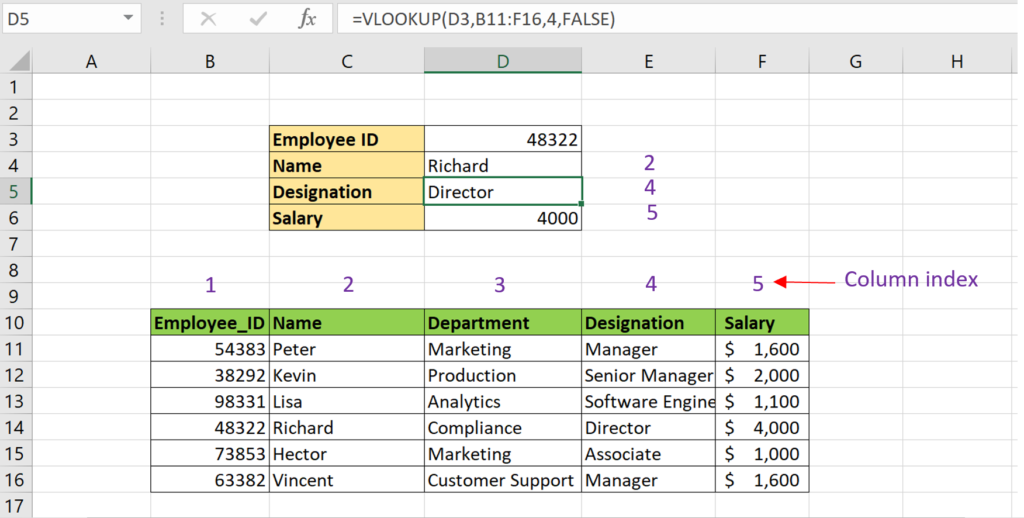

- HOW TO USE VLOOKUP IN EXCEL 2013 TO FIND MATCHES HOW TO
- HOW TO USE VLOOKUP IN EXCEL 2013 TO FIND MATCHES UPDATE
- HOW TO USE VLOOKUP IN EXCEL 2013 TO FIND MATCHES WINDOWS
HOW TO USE VLOOKUP IN EXCEL 2013 TO FIND MATCHES WINDOWS
The Windows version of Excel supports programming through Microsoft's Visual Basic for Applications (VBA), which is a dialect of Visual Basic. Subroutine in Excel calculates the square of named column variable x read from the spreadsheet, and writes it into the named column variable y. Microsoft allows for a number of optional command-line switches to control the manner in which Excel starts. Excel was not designed to be used as a database.
HOW TO USE VLOOKUP IN EXCEL 2013 TO FIND MATCHES UPDATE
In a more elaborate realization, an Excel application can automatically poll external databases and measuring instruments using an update schedule, analyze the results, make a Word report or PowerPoint slide show, and e-mail these presentations on a regular basis to a list of participants. It also has a variety of interactive features allowing user interfaces that can completely hide the spreadsheet from the user, so the spreadsheet presents itself as a so-called application, or decision support system (DSS), via a custom-designed user interface, for example, a stock analyzer, or in general, as a design tool that asks the user questions and provides answers and reports. It has a programming aspect, Visual Basic for Applications, allowing the user to employ a wide variety of numerical methods, for example, for solving differential equations of mathematical physics, and then reporting the results back to the spreadsheet. It does this by simplifying large data sets via PivotTable fields. A PivotTable is a tool for data analysis. It allows sectioning of data to view its dependencies on various factors for different perspectives (using pivot tables and the scenario manager). In addition, it can display data as line graphs, histograms and charts, and with a very limited three-dimensional graphical display. It has a battery of supplied functions to answer statistical, engineering, and financial needs. Microsoft Excel has the basic features of all spreadsheets, using a grid of cells arranged in numbered rows and letter-named columns to organize data manipulations like arithmetic operations.

To implement the formula, select an array, which will be not less than the arrays in your VLOOKUP formula, insert the following formula to the formula bar and press Ctrl+Shift+Enter for Windows ( Command+Return for Mac):


The same logic will apply for bigger numbers of columns to compare – you need to narrow down the comparison to two columns. Then, we need to compare the third column with the identified matches.First we need to compare two columns and identify the matches.The logic of the formula is the following: VLOOKUP will help us compare the values from these columns to identify the values that are present in all of the columns. In the dataset, we have three columns: Old users, New users, and Expected users. Let’s see how we can make a comparison of three columns.
HOW TO USE VLOOKUP IN EXCEL 2013 TO FIND MATCHES HOW TO
We already blogged about how to compare two columns in Excel using VLOOKUP. Now you can drag the formula down to return matching values for all the users. Excel VLOOKUP multiple columns syntax =VLOOKUP("lookup_value",lookup_range, ,FALSE) But a small tweak will do the job for us. The basic format of the VLOOKUP only returns a single value. For this, we need to look up these three columns. Our goal is to learn the car, color, and country for a specific user name. Learn more about Coupler.io and check out other Microsoft Excel integrations available for data export on a schedule. We have a dataset imported from BigQuery to Excel using Coupler.io, a solution for automatic data exports from multiple apps and sources. Excel vlookup compare multiple columns Excel vlookup on multiple columns – the logic of the lookup


 0 kommentar(er)
0 kommentar(er)
